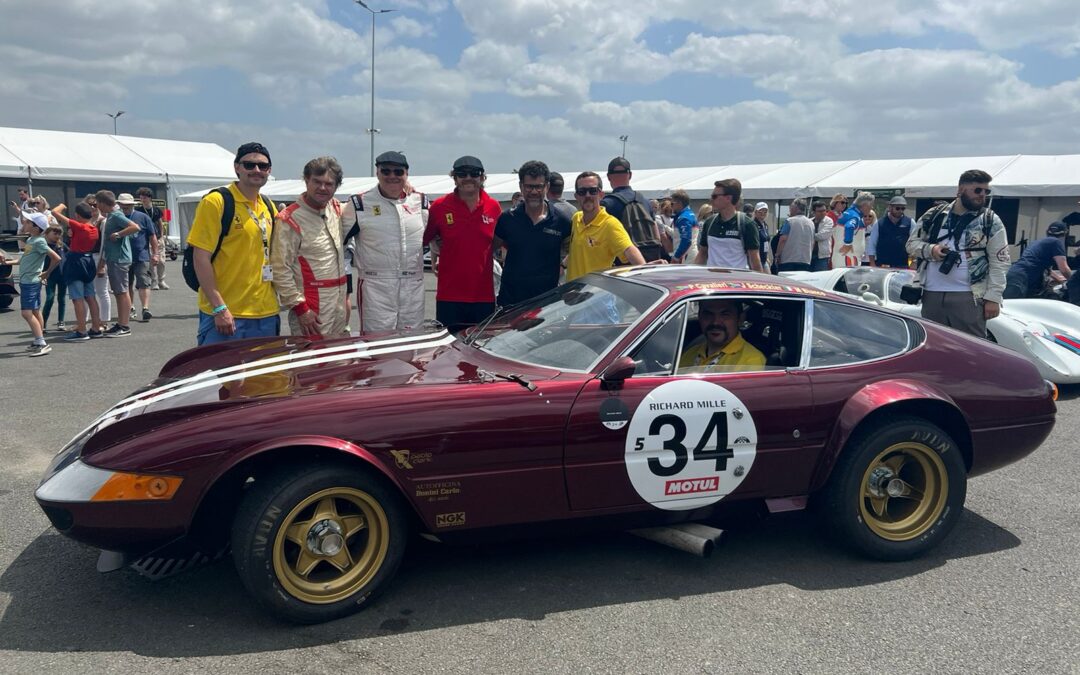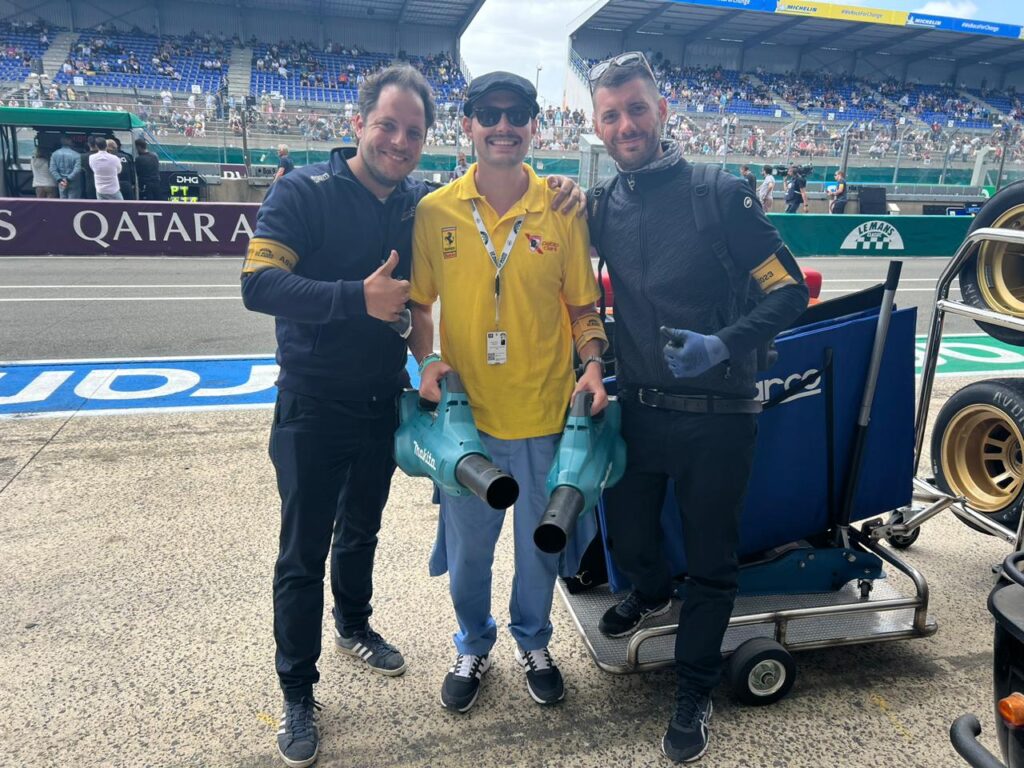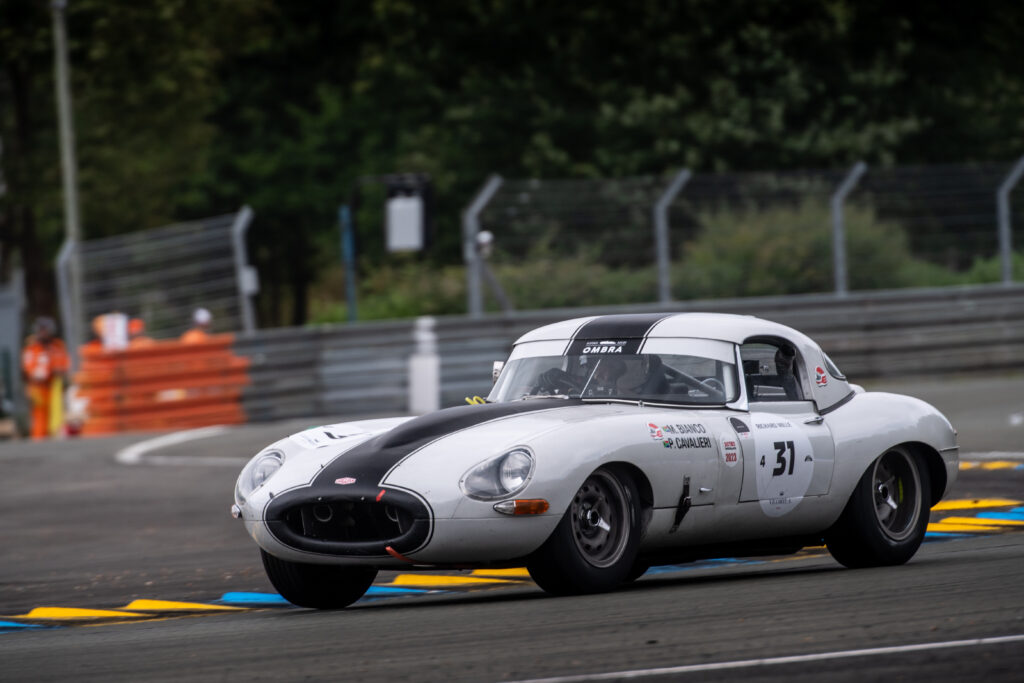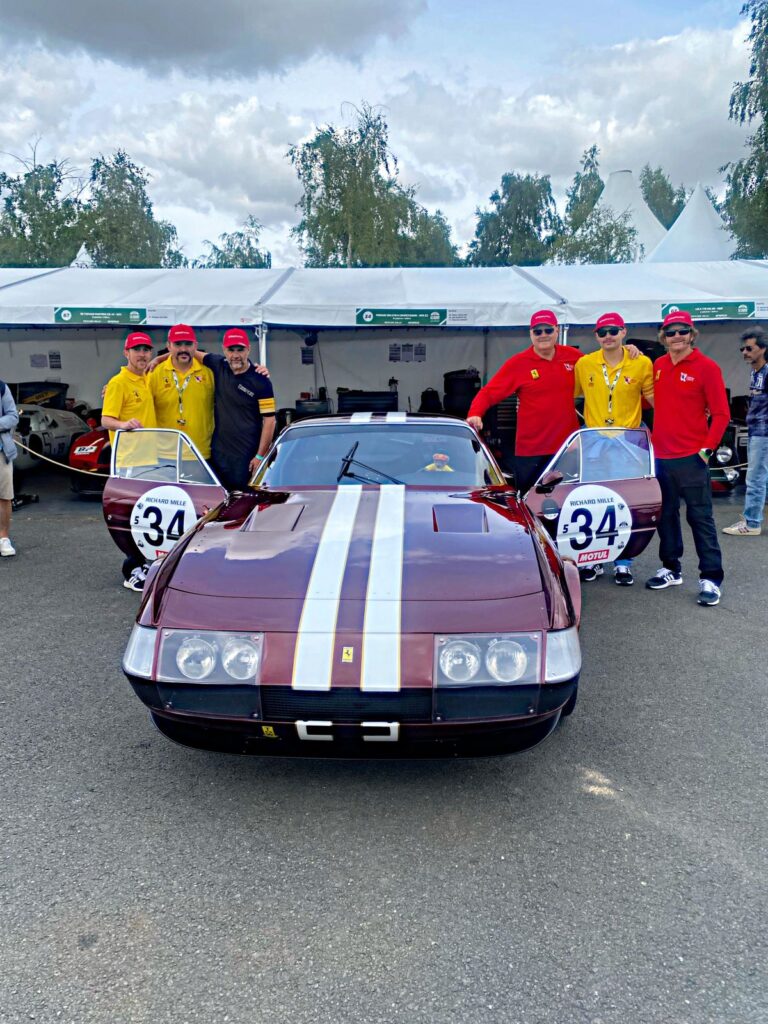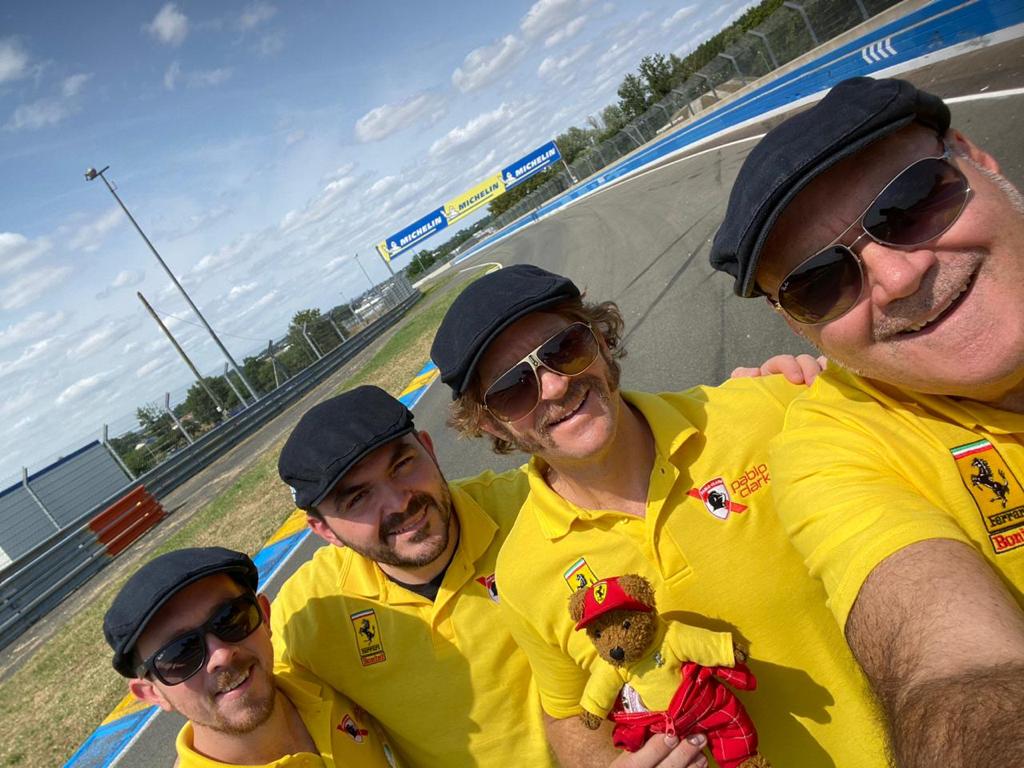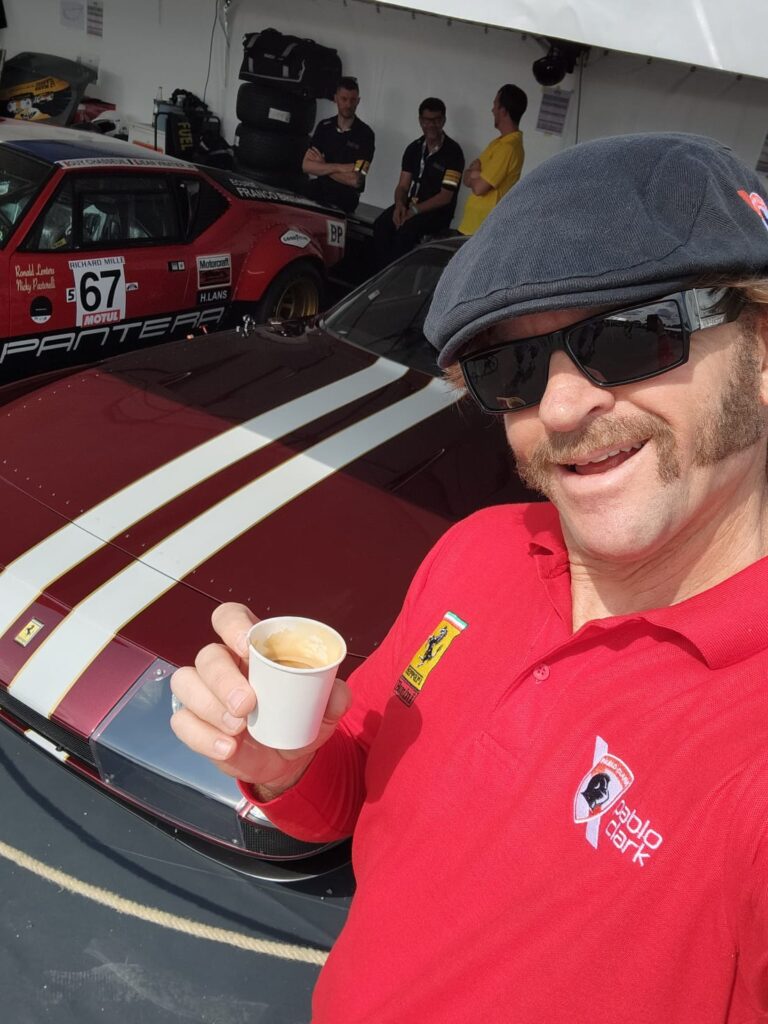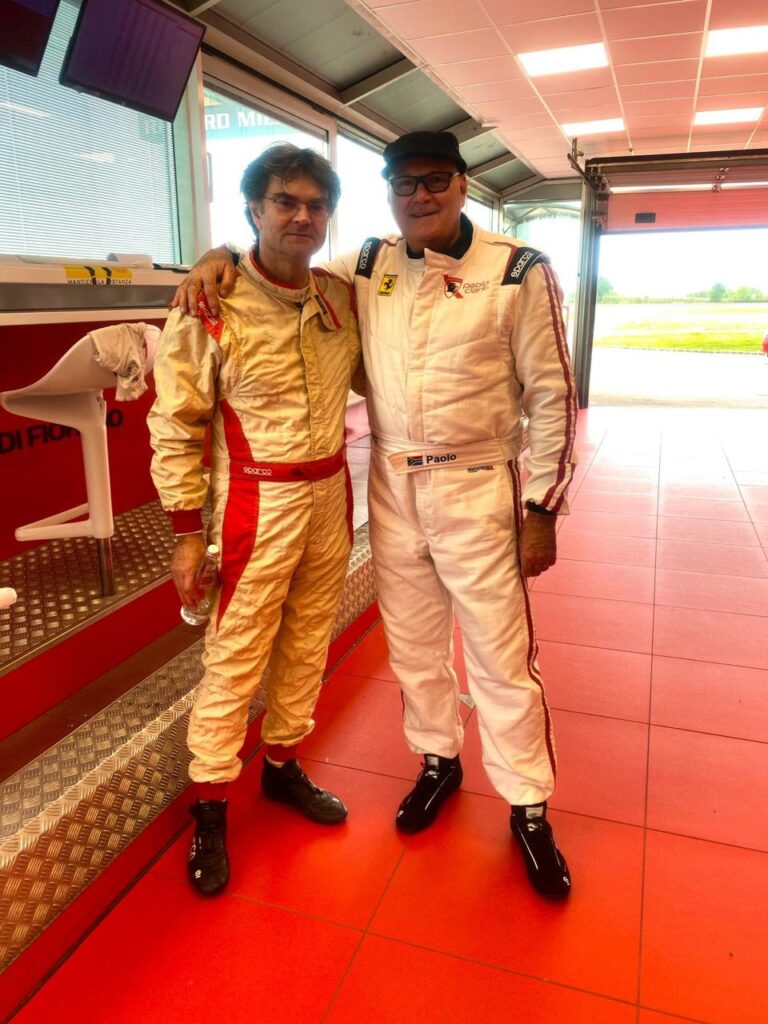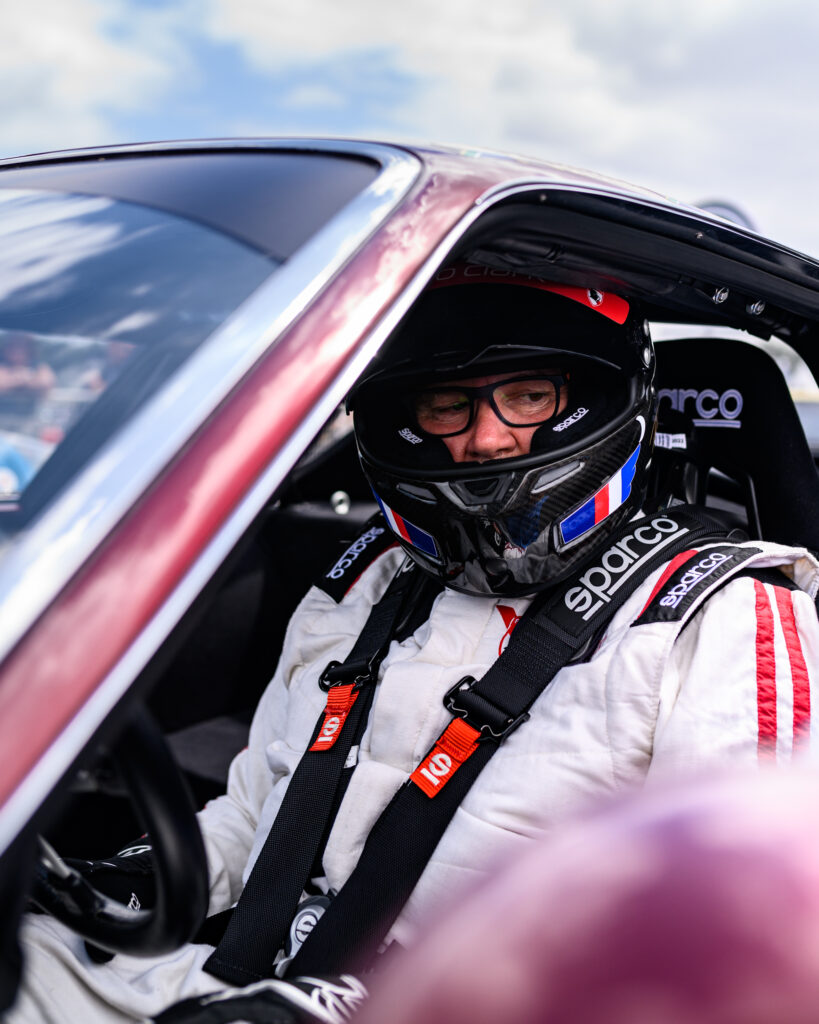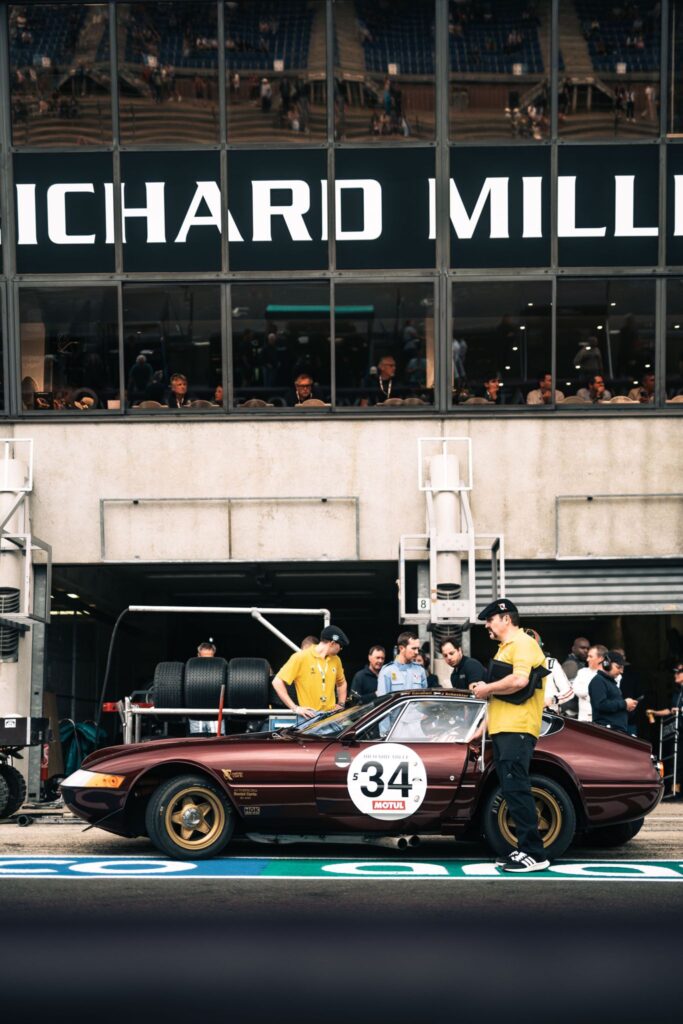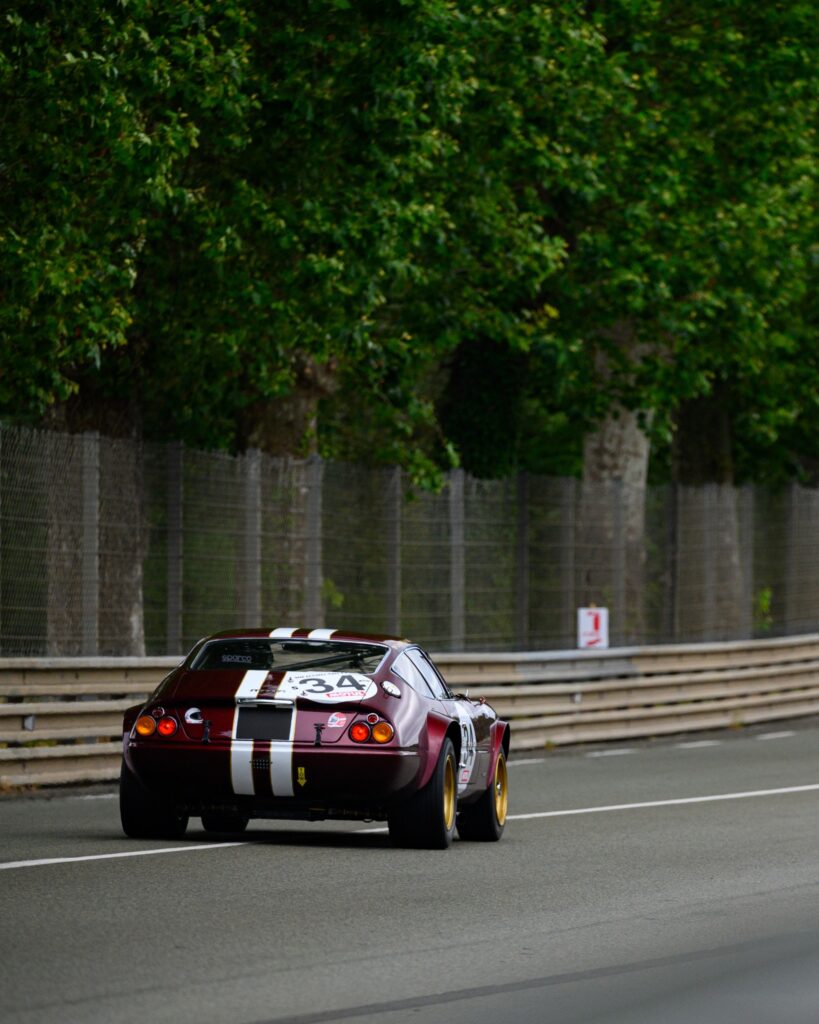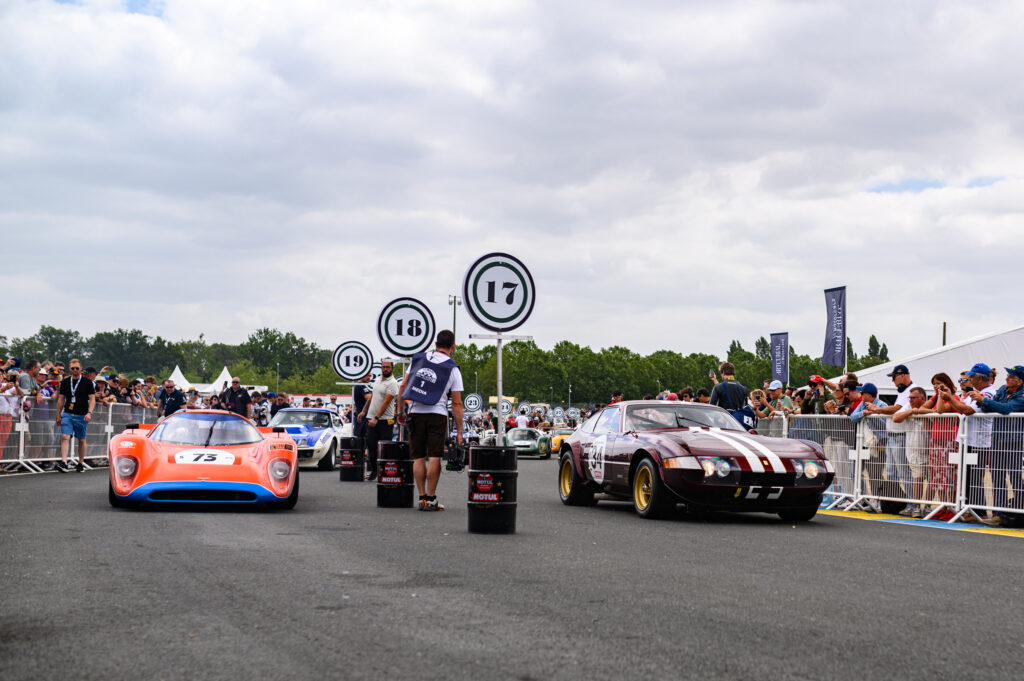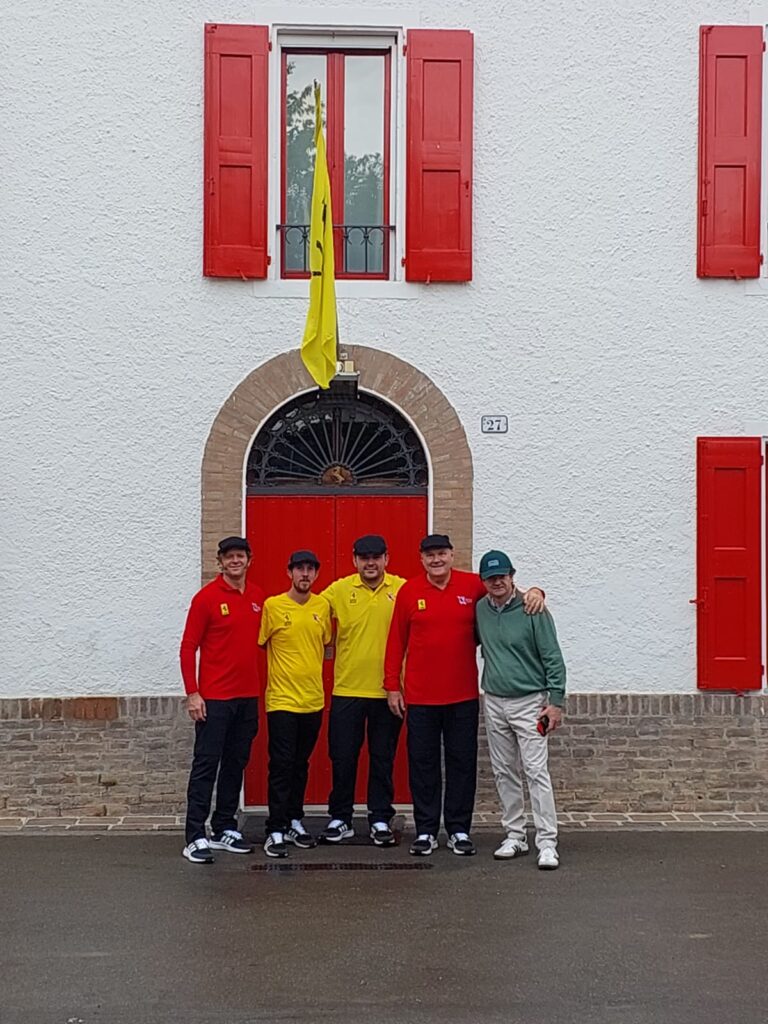For anyone that loves the sheer indulgence of classic racing and wants to experience the racing pleasure of a bygone era, there can be no finer experience in the world than participating in the Le Mans Classic – a world renowned biennial vintage sports car event, held since 2002 on the grounds of the 24 hours of Le Mans organised by Peter Auto(event owner) and the ACO (Le Mans circuit owner).
The 11th edition of the iconic Le Mans Classic 2023 which finished on 2 July, attracted a capacity crowd of over 235 000 spectators and showcased 800+ racing cars dating from 1923 – 2010.
For ex-works BMW South Africa driver and race car connoisseur Paolo Cavalieri from Pablo Clark Racing (PCR), participating in the Le Mans Classic has been a longstanding dream. “We love classic racing – its competitive, tactile, full of passion and brings back so many special memories,” says Cavalieri.
The 2023 race was also particularly significant. The 10th Le Mans Classic (LMC) was held last year however, being the Centenary anniversary of the famous 24h race, Peter Auto, the event owner and organiser, decided to break with custom and host a special Centenary race this year. The next race will only be held in 2025.
Participation is strictly ‘’by invitation’’ explains Cavalieri. “You are encouraged to submit an entry which will be scrutinised by a committee over three rounds of selection between December through to May before announcing the participants,” he says.
There are six grids of up-to 75 cars each, grouping cars from the 1920s (Bugatti) to 1980s (Porsche 917 Sports Prototype). Plus supporting races from Group C Prototypes and GT Legends to period Bentleys, not to mention a tribute to Porsche in their 75th anniversary year. Each grid has a reserve list of an additional 5 cars that are allowed to participate in Qualifying becoming eligible to compete if there are any retirements.
Cavalieri’s submission was selected for the 2023 Classic and for a team whose motto is literally ‘racing is life and everything else is just waiting’, this was exactly the kind of ‘life’ moment they had been waiting for.
“We are privileged to have a number of interesting racing cars in our stable – Ferrari and BMW,” he says. Ferrari and BMW are indeed Cavalieri’s loves and he greatly respects and appreciates the close and longstanding relationship he has developed with both factories through the team’s racing activities.
Motorsport South Africa caught up with Paolo and his team to find out more:
- Can you explain how the grids work?
The LMC race starts at 15h on rotation of each grid. Each grid races for approximately 43 minutes on sequential rotation, over the subsequent 24 hours.
A compulsory pit-stop of 90 seconds then allows for a quick driver change.
Le Mans being 13.6kms long we would need to complete 4 laps before the opening of the pit window assuming there are no slow-zone yellows or a safety car.
I was lucky enough to participate in two grids – grid 4 for 1960s cars and grid 5 for 1970s cars. In grid 4 I shared a Jaguar E-Type with Maurizio Bianco and in
grid 5 I shared a Ferrari 365 GTB/4 Competizione ‘’Daytona’’ with PCR driver Jaki Scheckter plus Maurizio.
- What is your relationship with Maurizio?
Maurizio and his late brother Nicolo and I are childhood friends. They raced in Group One for Alfa Romeo in the first half of the 1980s. My late brother and I also competed at the same time. Our participation at LMC came about as a result of Maurizio’s participation in the Peter Auto series and other prestige Classic races in Europe where he lives. He has been a front runner in historic F2/3 and sports cars over the past 10 years. This was his fifth LMC. We decided to honour our late brothers by participating together in this event and I used the opportunity to include members of the Pablo Clark Racing team from Johannesburg in this project, with them becoming part of the team running the Daytona.
- How were the cars prepared?
The E-Type was prepared and run by Ombra Racing, based near Brescia, Italy.
The Daytona was built by Autofficina Bonini, based near Modena, Italy. They are a father-son Ferrari ‘’service’’ dealership, amongst the highest order of Ferrari restorers world-wide. They built the Daytona.
The Daytona’s racing effort was managed and coordinated by Pastorelli Classics, a young firm based in Modena and run by former F1 test-driver Nicky Pastorelli and his business partner Joost Keijzer.
PCR’s head technician and team manager, Jarred Clarke, and Mike Mariani respectively, joined the Pastorelli team in support.
Needless to say, with professional teams of this stature, we were delivered two immaculate and competitive racing cars and with all their on-track support, our first participation at Le Mans, daunting as it is, was made all that much easier.
- Explain how the grids work?
Both grids comprised of two categories of car namely Sports Prototypes like Ford GT40, Lola T70, Porsche 917, many Chevrons, etc and then GT road cars converted for racing including Chev Corvette, Ford Cobra, Cobra Daytona and De Tomaso Pantera etc.
Both of our cars competed in the GT category of their grid, the Jaguar in class
GTS12B and the Ferrari in class in GTS27C.
- Tell us what it was like competing?
Well firstly there were no practice sessions – it was straight into Qualifying for Jaki and I in the Ferrari – a challenge under any circumstances, Jaki drove brilliantly to qualify us 2nd GT. I think we really managed to adapt well to the driving conditions and were pretty competitive from the outset – duly assisted by our simulator work at PCR’s premises in Kyalami.
Maurizio dominated the GT qualifying with the Jaguar in grid 4.
- We believe you did so well – Can you share the results of your first Le Mans Classic?
With the Jaguar, Maurizio and I finished 3rd overall in GT behind the two Daytona Cobras and we were the first Jaguar home.
With the Ferrari Daytona, Jaki and I (with support from Maurizio in race 3) finished 2nd GT overall behind a De Tomaso Pantera and we were the first Ferrari home. We were 2nd in race one, 1st in race two and 2nd in race three.
According to the official race classification we finished 1st in class with both cars however our measure was the scratch GT result.
- Le Mans is not just about the racing it is about the whole experience This is definitely a once in a lifetime bucket list experience – what are some of the things you will always remember?
- Hearing the sound of racing cars at midnight whilst sleeping in the Camper car (Italians don’t really do ‘’camping’’ but our South African heritage ensured we had a natural survival advantage!)
- The 3 straights in the Mulsanne area – long, very long – like max revs in 5th gear at 270kph+
a. The E-Type floating (literally) through the kinks
i. These straights being public roads have rather steep inclines on either side, a handful until you get the hang of it.
b. The Daytona’s V12 4.4 litre engine
i. At home on the long straights. - The night practice on Saturday at 02:30 in the morning, in the rain. They say racing at Le mans at night is special – this really is an understatement.
- Starting race 2 under a beautiful moonlight sky at 03:00 on Sunday morning, the engine making the most of the crisp air and sounding sweeter and ‘’happier’’ than ever and then of course being first GT home with the Daytona.
- Surviving the many yellow flags, slow zones and even a safety car – making race tactics even for a short 43 minutes and an even shorter pit window, fundamental.
- Seeing Mike and Jarred, determined not to sleep at any time over the 24 hours, seated faithfully next to the Daytona fast asleep and most of all, oblivious to the German mechanics tuning the engine of the nearby iconic Porsche 917 at high revs!
- The Group C supporting race. Those are REAL cars, manual or sequential gearbox (no paddles), iconic liveries (Silk Cut), many different interpretations of aerodynamic bodywork (none look the same), a wide range of manufacturers – Porsche, Lola, Jaguar, Bentley, Peugeot, Sauber/Mercedes to name a few – literally period F1s without too many restrictive rules – the race designer’s dream!
- The enormity of the crowds, 8000 vehicles on display from local car clubs and the sheer size of the place and the variety of activities all happening at the same time.
- The sheer joy of the experience – I even got to have a quick boogie on a dance-floor before race 2!
Motorsport South Africa extends its warmest congratulations to Paolo and the whole team at Pablo Clark Racing.
Published on behalf of MSA by Cathy Findley PR
MSA Publishes media releases from a host of different sources on our website as a service to the sport. It is not practically possible to vet/approve every release that is published. Some news items and articles are written by correspondents and do not necessarily represent MSA’s views.

